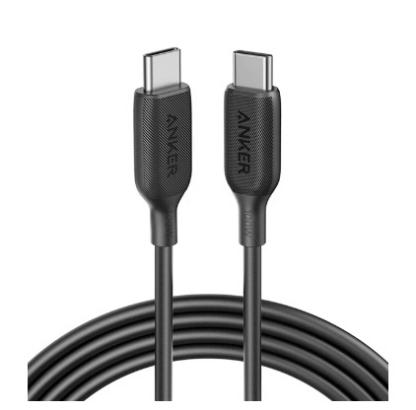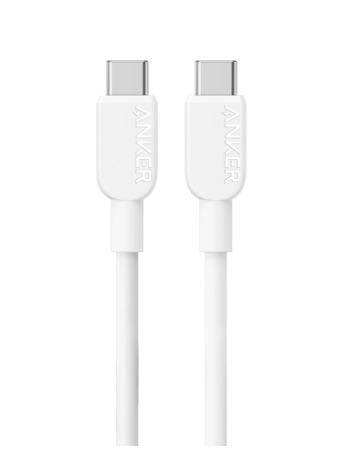In our modern digital age, USB-C cables have become the lifelines connecting our devices, allowing for efficient charging, data transfer, and even video output. Anker's usb c cables have earned a reputation for their exceptional durability and performance, making them a preferred choice for users who demand reliability. In this article, we will explore four essential maintenance tips to help you keep your Anker USB-C cables in prime condition, ensuring that they continue to provide efficient charging, data transfer, and video output for the long haul.
Safeguard Your Connectors
Connectors are the vulnerable points of USB-C cables. Ensuring their protection is crucial for extending the lifespan of your cables. When inserting or removing the cables from your devices, take care to avoid any excessive bending or twisting, as this can lead to connector damage. Consistent rough handling can result in loose or damaged connectors, causing a decline in cable performance. When not in use, protect the connectors by using protective caps or storing them in a safe place to prevent dust and debris from accumulating in the ports. With these precautions, you can significantly increase the life of your cables while maintaining a seamless connection to your devices.

Prevent Tangling
One of the most common issues with USB-C cables is tangling. Tangled cables can be a source of frustration and also pose a risk of internal wire damage, ultimately affecting the cable's performance. To prevent tangling, establish a cable management system. While Anker's USB-C cables are designed to resist tangling, some extra care goes a long way. When the cables are not in use, coil them neatly using a cable organizer or wrap them around your hand and secure them with Velcro straps. Not only does this prevent tangling, but it also makes your cables more accessible when you need them, saving you valuable time and energy.
Regular Inspection
A critical part of cable maintenance is regular inspection to identify signs of wear and tear. Pay close attention to the connectors, cable jacket, and any fraying or exposed wires. If you notice visible damage, address it promptly. Anker's USB-C cables are built for durability, but like all cables, they can experience wear over time. Detecting issues early can prevent further damage and ensure that your cables continue to function optimally. If you encounter any problems, it is advisable to replace the cable or seek professional repair if it's a viable option. Taking immediate action ensures that your cables maintain their reliability.

Proper Storage
Effective storage practices are vital for preserving the integrity of your USB-C cables. When your cables are not in use, avoid coiling them too tightly or leaving them under constant tension, as this can lead to kinks and eventual damage. Instead, loosely coil your cables in a figure-eight shape and secure them with a Velcro strap or cable tie. Store your cables in a cool, dry place, away from extreme temperatures and direct sunlight. Proper storage not only ensures the longevity of your Anker USB-C cables but also keeps them readily accessible when you need them, reducing the time and frustration associated with cable management.
Conclusion
USB-C cables have become an essential part of our modern tech-driven lives, serving as the connective tissue for our devices and their power and data transfer needs. Anker's USB-C cables are designed with durability and efficiency in mind, and implementing straightforward maintenance steps can help you maintain their peak performance over time. By safeguarding connectors, preventing tangling, regularly inspecting for damage, and storing them correctly, you can ensure that your Anker USB-C cables remain dependable companions in your tech-savvy world. These maintenance tips will help you extend the life of your cables, ultimately providing you with a more reliable and enjoyable tech experience.